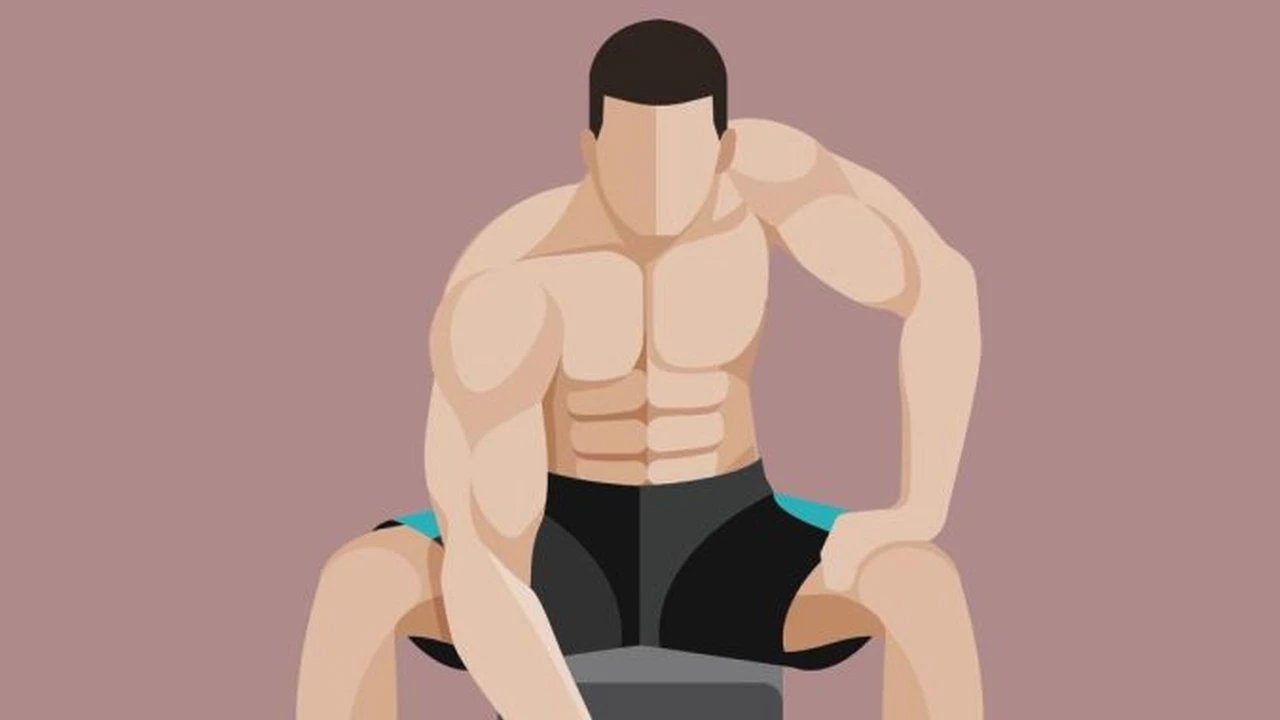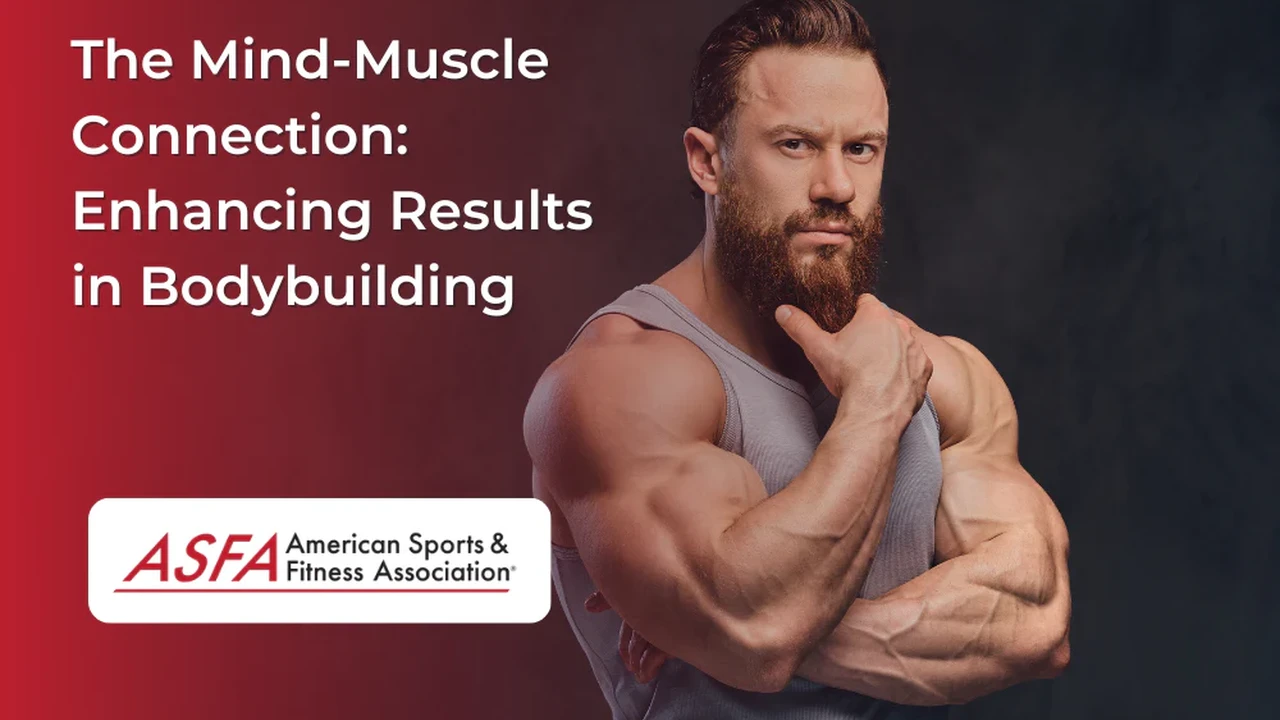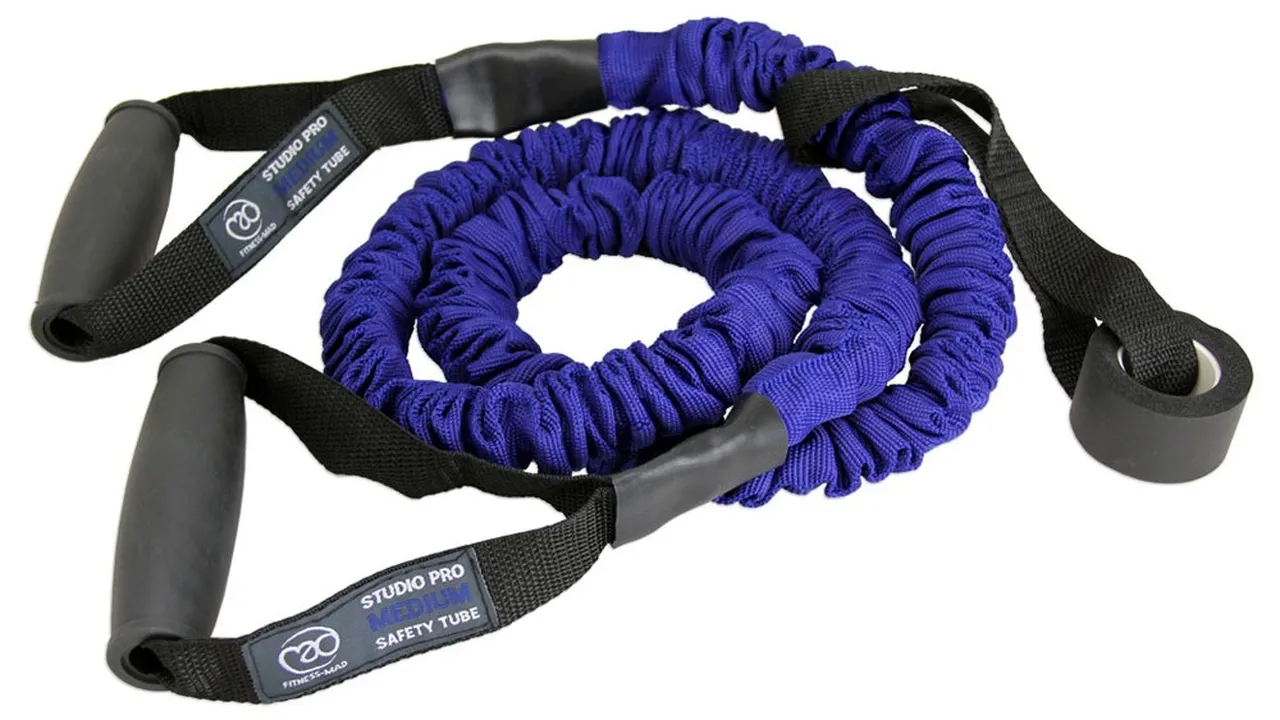Common Gym Injuries and How to Prevent Them
Alright, here's the expanded article content for your "Intermediate Gym Training" category, focusing on gym injuries and prevention, with detailed product recommendations, SEO optimization, and adherence to your specified format and constraints.Gym injuries are a frustrating setback for anyone dedicated to fitness. Understanding common culprits and proactive prevention is key to staying consistent and reaching your goals. This guide dives deep into the most frequent gym injuries, practical strategies to avoid them, and even recommends specific products to support your injury prevention efforts, helping you train smarter, not harder.

Understanding Common Gym Injuries and Their Causes: A Deep Dive into Prevention
Hitting the gym is awesome for your health, but let's be real – injuries can happen. Understanding what these injuries are and why they occur is the first step in keeping yourself safe and sound. We're going to break down the most common gym injuries and explore the factors that contribute to them.
Shoulder Injuries: Rotator Cuff Tears, Impingement, and More
Shoulder pain is a real buzzkill, especially when you're trying to crush your workouts. Rotator cuff tears, impingement, and general instability are common issues. These often stem from overuse, poor form, or not warming up properly. Think about all those presses, rows, and pull-ups – they put a lot of stress on your shoulders.
Prevention Tips:
- Warm-up like a pro: Dynamic stretches like arm circles and shoulder rotations are your best friends.
- Master your form: Don't ego lift! Focus on proper technique, even if it means using lighter weights. Consider working with a trainer to dial in your form.
- Strengthen your rotator cuff: Incorporate exercises like external rotations, internal rotations, and scaption into your routine.
- Listen to your body: Don't push through pain. Rest and recovery are crucial.
Knee Injuries: ACL Tears, Meniscus Tears, and Patellofemoral Pain Syndrome
Knee injuries are another frequent flyer in the gym. ACL tears, meniscus tears, and patellofemoral pain syndrome (runner's knee) can sideline you for weeks or even months. These injuries are often associated with high-impact activities, improper landing techniques, or weak supporting muscles.
Prevention Tips:
- Proper landing technique: When jumping or landing, bend your knees and land softly.
- Strengthen your legs: Focus on exercises that target your quads, hamstrings, and glutes. Think squats, lunges, and hamstring curls.
- Improve your flexibility: Tight hamstrings can put extra stress on your knees. Regularly stretch your hamstrings, quads, and calves.
- Wear appropriate footwear: Choose shoes that provide good support and cushioning.
Lower Back Pain: Strains, Sprains, and Disc Issues
Lower back pain is a widespread problem, and the gym can sometimes exacerbate it. Strains, sprains, and disc issues are common culprits, often resulting from poor lifting technique, excessive weight, or a weak core.
Prevention Tips:
- Master proper lifting technique: Learn how to lift with your legs, not your back. Keep your back straight and your core engaged.
- Strengthen your core: A strong core provides support for your spine. Include exercises like planks, Russian twists, and dead bugs in your routine.
- Maintain good posture: Be mindful of your posture both in and out of the gym.
- Avoid excessive weight: Gradually increase the weight you lift as you get stronger.
Other Common Gym Injuries: Sprains, Strains, and Tendinitis
Beyond the big three, other injuries like ankle sprains, wrist strains, and tendinitis can also occur. These are often caused by repetitive movements, overuse, or improper form.
Prevention Tips:
- Warm-up thoroughly: Prepare your muscles and joints for exercise with dynamic stretches.
- Use proper form: Focus on technique over weight.
- Listen to your body: Don't push through pain.
- Vary your routine: Avoid repetitive movements that can lead to overuse injuries.
- Cool down and stretch: Help your muscles recover after exercise.
The Importance of Warm-Up and Cool-Down: Maximizing Performance and Minimizing Injury Risk
Warming up and cooling down are often overlooked, but they're essential for preventing injuries and maximizing performance. Think of them as the opening and closing acts of your workout show.
Effective Warm-Up Strategies: Preparing Your Body for Action
A proper warm-up should gradually increase your heart rate, blood flow, and muscle temperature. It should also include dynamic stretches that improve your range of motion.
Examples of Dynamic Stretches:
- Arm circles
- Leg swings
- Torso twists
- Walking lunges
- High knees
Cool-Down Techniques: Promoting Recovery and Reducing Soreness
A cool-down helps your body gradually return to its resting state. It also helps reduce muscle soreness and improve flexibility.
Examples of Cool-Down Activities:
- Light cardio (e.g., walking, jogging)
- Static stretches (holding each stretch for 20-30 seconds)
- Foam rolling
The Role of Proper Form and Technique: Mastering Movement for Injury Prevention
Proper form and technique are paramount for preventing injuries. It's better to lift lighter with good form than to lift heavy with poor form. Consider working with a qualified trainer to learn the correct technique for each exercise.
Seeking Professional Guidance: When to Consult a Trainer or Physical Therapist
Don't hesitate to seek professional guidance if you're unsure about proper form or if you're experiencing pain. A qualified trainer or physical therapist can assess your movement patterns and provide personalized recommendations.
Recommended Products for Injury Prevention and Recovery: Gear Up for Success
Here are some products that can help you prevent injuries and recover faster:
Foam Rollers: Myofascial Release for Muscle Recovery and Flexibility
Foam rollers are great for myofascial release, which helps to break up muscle knots and improve flexibility. They come in various sizes and densities. A good starting point is a medium-density foam roller.
Product Recommendation: TriggerPoint GRID Foam Roller
- Price: $35
- Use Case: Post-workout recovery, pre-workout warm-up
- Pros: Durable, effective at releasing muscle tension
- Cons: Can be painful for beginners
Alternative: AmazonBasics High-Density Round Foam Roller (Cheaper option, less durable)
Resistance Bands: Strengthening Supporting Muscles and Improving Stability
Resistance bands are excellent for strengthening supporting muscles and improving stability. They're also great for warm-ups and rehabilitation exercises.
Product Recommendation: TheraBand Resistance Bands Set
- Price: $20
- Use Case: Warm-up, strengthening exercises, rehabilitation
- Pros: Versatile, affordable, portable
- Cons: Can break with overuse
Alternative: Fit Simplify Resistance Loop Exercise Bands (More durable, but less versatile)
Wrist Wraps: Providing Support and Stability During Heavy Lifts
Wrist wraps can provide support and stability during heavy lifts, reducing the risk of wrist strains and sprains.
Product Recommendation: Rip Toned Wrist Wraps
- Price: $25
- Use Case: Bench press, overhead press, other heavy lifts
- Pros: Durable, adjustable, provides excellent support
- Cons: Can restrict blood flow if too tight
Alternative: Dark Iron Fitness Leather Weight Lifting Wrist Wraps (More expensive, but more durable and comfortable)
Knee Sleeves: Providing Compression and Support for Knee Joints
Knee sleeves can provide compression and support for knee joints, reducing the risk of knee injuries during squats, lunges, and other exercises.
Product Recommendation: Nordic Lifting Knee Sleeves
- Price: $40
- Use Case: Squats, lunges, other lower body exercises
- Pros: Provides good compression and support, comfortable
- Cons: Can be hot and uncomfortable during intense workouts
Alternative: Mava Sports Knee Support Sleeves (Cheaper option, less durable)
Weightlifting Belts: Supporting the Lower Back During Heavy Lifts
Weightlifting belts can help stabilize the core and lower back during heavy lifts, reducing the risk of back injuries.
Product Recommendation: Dark Iron Fitness Weight Lifting Belt
- Price: $50
- Use Case: Deadlifts, squats, other heavy lifts
- Pros: Durable, provides excellent support
- Cons: Can be uncomfortable if not fitted properly
Alternative: Harbinger Padded Leather Weightlifting Belt (More affordable, less durable)
The Importance of Rest and Recovery: Giving Your Body Time to Heal and Rebuild
Rest and recovery are just as important as training. Your muscles need time to heal and rebuild after exercise. Aim for at least 7-8 hours of sleep per night, and incorporate rest days into your training schedule.
Active Recovery Techniques: Promoting Blood Flow and Reducing Soreness
Active recovery involves light exercise that promotes blood flow and reduces soreness. Examples include walking, swimming, and yoga.
Nutrition for Recovery: Fueling Your Body for Optimal Repair
Nutrition plays a crucial role in recovery. Make sure you're consuming enough protein, carbohydrates, and healthy fats to fuel your body and support muscle repair.
Listening to Your Body: Recognizing Pain Signals and Taking Action
The most important thing is to listen to your body. If you're experiencing pain, stop what you're doing and rest. Don't try to push through pain, as this can lead to more serious injuries.
Knowing When to Seek Medical Attention: Recognizing Serious Symptoms
If you're experiencing severe pain, swelling, or instability, seek medical attention immediately. Don't try to self-diagnose or treat serious injuries.
:max_bytes(150000):strip_icc()/277019-baked-pork-chops-with-cream-of-mushroom-soup-DDMFS-beauty-4x3-BG-7505-5762b731cf30447d9cbbbbbf387beafa.jpg)






